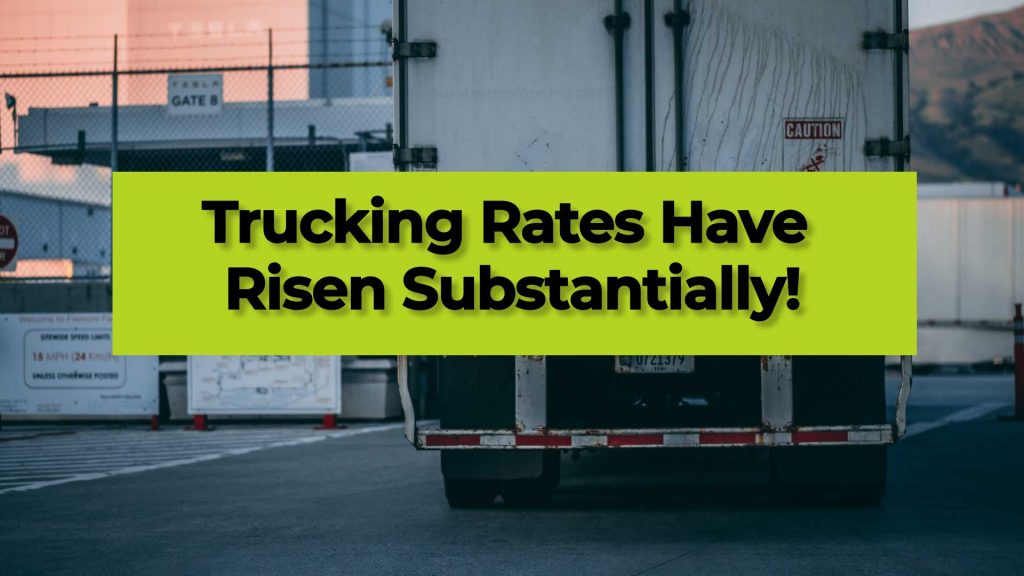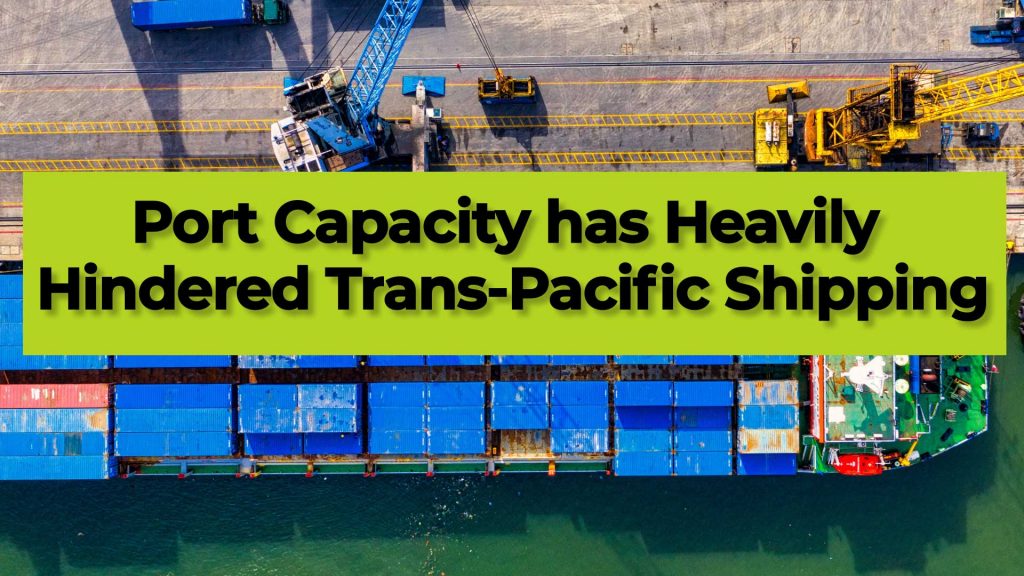With the end of 2020 near, many are celebrating an end to one of the most challenging and trying years for supply chain managers worldwide.
The ongoing COVID-19 pandemic has put immense pressure on many supply chains throughout the world with a drastic shift in consumer demand, disruptions within the transportation industry, factory and warehouse closures, and the ever present risk of infection.
Let’s take a look at some of the major events and pressures on the supply chain industry in 2020.
Global Pandemic
The coronavirus pandemic hit supply chain firms with little warning in the early spring of 2020. Firms quickly faced major factory disruptions particularly in China, as the pandemic struck many Chinese firms before majorly spreading within the US and elsewhere.
Following the initial wave of supplier disruptions, widespread lockdowns were put into effect which drastically altered the US economy with many industries, such as entertainment, restaurants, travel, airlines, and other heavily hit due to lack of demand. The US economy in general had an awful 2nd quarter. As a result, many transportation providers reduced their services in an effort to reduce costs, trucking rates were at all-time lows as well.
Firms have also been busy equipping their team members with the tools needed to safely work when they are in positions that don’t lend themselves to working from home. This includes adopting various procedures to sanitize their workplaces and provide ample PPE to all team members.
Working From Home
With the widespread safety measures to reduce the spread of covid, many businesses worked hard to implement pandemic safety measures including better PPE, sanitization protocols, social distancing and most importantly, working from home. A larger number of firms than ever before have switched staff when possible, to working from home. Some firms have even announced that work from home will become a permanent option for many employees and others have announced they will maintain work from home procedures well through 2022.
Companies have rapidly equipped employees with computers, and software tools such as zoom and asana to remain as productive as possible at home. While many employees enjoy working from home due to the lack of commuting and newfound increase in time, some also miss being around co-workers and their teams. In the long run, we expect many businesses will adopt a hybrid approach to worker location.
Developing New Procedures
What’s worked in years past, has in many cases been thrown out the door in 2020. Supply chains have had to be leaner and quicker to adapt than ever.
The shift in businesses to an e-commerce model also pushes firms to shift their strategies as more parcel, warehousing, and fulfillment capacity is needed.
E-commerce demand also means that many companies that haven’t relied heavily on their websites and stores have had to quickly either make an online store or refine their websites to better let consumers buy their products and services. Interestingly enough, e-commerce demand actually rose from 2019 levels through the 2020 holiday season.

Rise in Transportation Prices
Following the drop off in transportation rates in Q2 2020, consumer demand sprang back across many industries quicker than anyone could have predicted. This resulted in a shortage of transportation capacity across many modes of transportation including full truckload, intermodal, ocean shipping, and air freight. Being a supply/ demand market, transportation rates were driven up, at times to more than double of what they were previously, with the rise in demand and decrease in supply. This was much to the dismay of many supply chain managers who were working hard to simply keep their firms operating.
Freight rates have continued to stay very high throughout the late summer, fall and now winter months, with many predicting that there will be a prolonged period of elevated transportation rates well into 2021. This is mainly due to consumer demand staying high, continued disruptions and capacity constraints, and the heavy focus of many retailers to increase their current inventory levels.
A Search For Capacity
With the increase in freight rates and reduced capacity, retailers and shippers across the country have been quickly trying to increase their base of capacity, often working with new carriers, logistics providers and adding different transportation modes into their logistics plan.

Supply Chain Digitalization
As firms have switched to work from home status for many teams, and found themselves in need of more transportation capacity, they have turned to digitalization as a solution. Many digital freight companies have reported a higher than ever rise in demand throughout the year as companies look for alternative solutions.
Going into 2021, more firms than ever before have rapidly increased their use of supply chain technology, data analytics, and use of digital freight capacity providers. This will be a trend that sticks going forward.
California
California’s AB5 law, which thankfully was altered with Prop 22, would have made independent contractors be mandatory full-time employees. This would have heavily negatively affected owner-operators and the multitude of trucking and logistics firms that utilize owner-operators across many forms of trucking, including drayage, flatbed, refrigerated, and dry van.
Thankfully the state of California has delayed the implemention to owner operators with the addition of prop 22, but going forward transportation companies will be wary of the potential harm such a law could cause if passed.
Vaccine Logistics
Early December brought the great news that several COVID-19 vaccines will be quickly approved and immediately distributed across the US. While it will take many months for the entirety of the US population to be vaccinated, the FDA approval and subsequent first vaccinations are a welcome sight. Many at-risk healthcare workers and nursing home residents will be among the first to be vaccinated.
Supply Chains firms globally are being mobilized to help distribute the vaccines. With cargo and passenger airlines being heavily utilized to quickly ship doses long distances. Trucking cold chain providers and firms with major parcel networks like USPS, FedEx, and UPS are also being leaned on to provide vaccine logistics.
One challenge of the vaccine distribution plan is the cold temperatures required. The Pfizer vaccine in particular requires temperatures much lower than traditional cold chain facilities normally use. This means that this vaccine will mostly be given at larger healthcare facilities that have the storage systems necessary to keep the vaccine from spoiling. The Moderna vaccine requires a more normal cold chain temperature range, which facilities its distribution to rural areas.
Vaccine logistics will be an ongoing process over the next several years, as more vaccines are moved, the process and plans will be refined as to their transportation procedures. Also look towards specialized vaccine containers being built to better handle their requirements.
2020 is a year to celebrate ending, with over 300,000 Covid deaths in the US alone.
We all hope 2021 brings a slow return to normalcy as the widespread vaccination starts. For supply chain managers, 2020 will be remembered as one of the most challenging years ever.
Zmodal provides comprehensive supply chain solutions that are data based and focused on optimizing your supply chain logistics plan for better reliability and efficiency. We focus on a multimodal approach to building resiliency that is backed by a first class team that provides 24/7 support and the technology to keep your supply chain connected and visible. Our technology provides shippers easy access to convert over the road freight to intermodal. If you want to talk or want a completely free initial consultation, give us a shout!



